Clutch material
-
k. rogers
- Posts: 455
- Joined: Thu Feb 23, 2006 9:43 pm
- Your interest in the forum: 1933 7hp Kingfisher
1935 7hp Weasel
1928 7hp Sports replica
1952 Bradford special - Given Name: Ken
- Location: Cornwall
- Contact:
Clutch material
Has anyone had occasion to source a suitable replacement material for the vintage cone clutch? It was apparently an asbestos rope reinforced with brass wire originally.
7hp Weasel & Kingfisher
-
k. rogers
- Posts: 455
- Joined: Thu Feb 23, 2006 9:43 pm
- Your interest in the forum: 1933 7hp Kingfisher
1935 7hp Weasel
1928 7hp Sports replica
1952 Bradford special - Given Name: Ken
- Location: Cornwall
- Contact:
Re: Clutch material
Actually, found lots of pics and Info on the subject on here from messrs Bangham and Ellison. I think I've established I can use 5mm Kevlar rope in place of the original asbestos, but I need to make sure I get the correct one and from the right place.
7hp Weasel & Kingfisher
-
ChrisE
- Posts: 73
- Joined: Sat Sep 01, 2018 8:23 am
- Your interest in the forum: Have a 1929 Full Four
- Given Name: Chris
- Contact:
Re: Clutch material
I’ll post up some pics later today and some information.
-
ChrisE
- Posts: 73
- Joined: Sat Sep 01, 2018 8:23 am
- Your interest in the forum: Have a 1929 Full Four
- Given Name: Chris
- Contact:
Re: Clutch material
Hi there,
I changed my clutch in June 2019. My car is a 1929 Long Four. The reason I changed the clutch rope was the old clutch had worn out and the cone was “bottoming” in the flywheel and slipping. The ‘rope’ had worn out.
I should preface this by saying if your rope is really old, pre-2000 (when sale of asbestos was banned by law) then you should suspect it may contain asbestos. My sensible precautions were to unwind the old rope from the frame in the outside, put it all in a bin liner, seal it and dispose of it carefully. Once that has gone, there should of course be no asbestos risk. Mine was all pretty oily and bound up so very, very little risk of loose fibres anyway.
I tried all sorts of ropes and fibres with little success until I found this Kevlar rope (see images). It cost about £10 and is 6.5mm and is long enough to do two cars.
The first attempt was a bit ‘big’ and the clutch didn’t go into the flywheel deep enough. Then the next one was too small, and this went on for several attempts until I got this 6.5mm rope. Even then I had to manipulate it to make it ‘just right’. What is did is place the rope on the workshop floor, tap it gently until it was oval, along the entire length, so it was probably 4-5mm thick and 7-8mm wide in section. To be fair, it took a bit of messing to get this just right. Then winding on is simple and putting the new clutch back in is easy. Crucially when the clutch is in, and springs tightened, the aluminium clutch wheel was about 1mm proud of the flywheel. This is probably the bit that takes a bit of messing about to get it right.
My rope has been on for 4 years now and shows no sign of wear. We live in a very hilly area and probably drive 20+ days a year including some long 4 hour journeys and still as good as new. I’ve pasted some photos below which might help, including one showing the rope supplier (I got mine through Ebay).
Some of the photos are where the rope is “too thick” that’s when the whole clutch is stuck out too far but then you can see the ones where it sits ‘just right’.
Finally some people have had the aluminium clutch skimmed, to lose all the groves then had a bespoke, cone shaped lining, like a brake shoe lining, bonded or riveted onto the clutch. That of course is a permanent change and once the grooves are gone, they are gone forever. I’m not in favour of such permanent changes, or improvements. If I wanted such a car I can sell the Jowett and buy a Mondeo! I’d also be wary that a lining is more fierce than the rope and as a modern clutch plate wears the cover plate of a modern car, a lining will eventually wear the flywheel much more than rope will. Good luck to those people when they need to find a replacement flywheel!
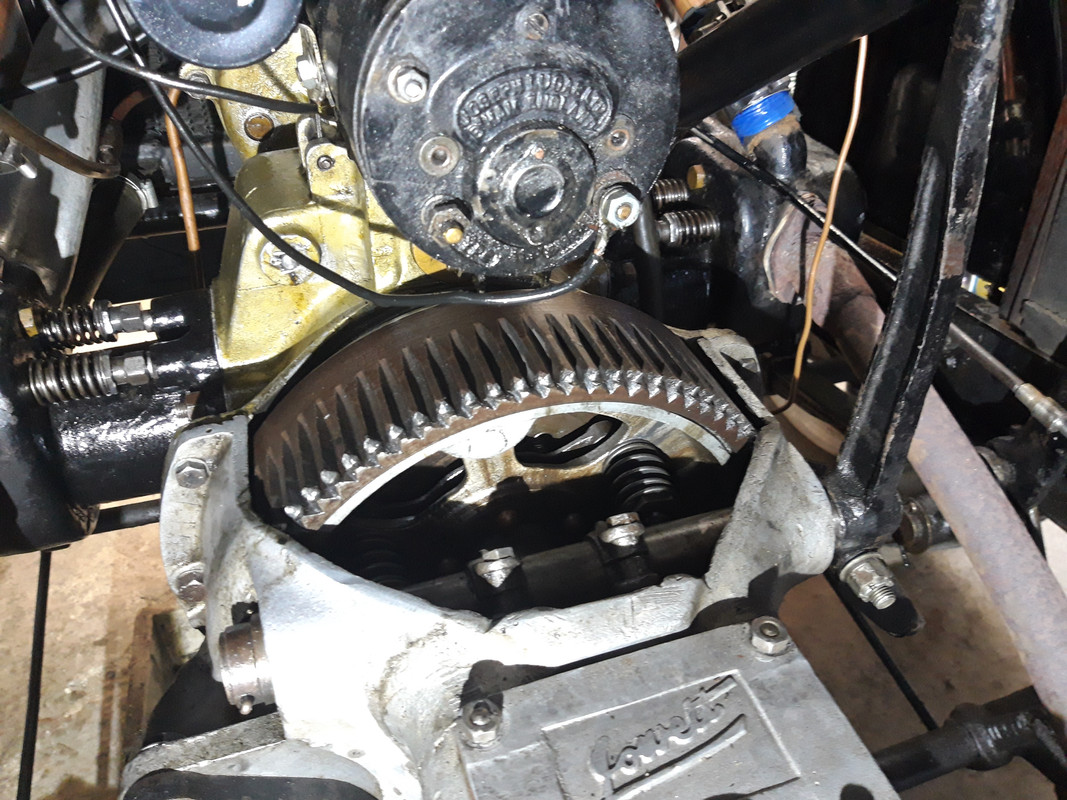

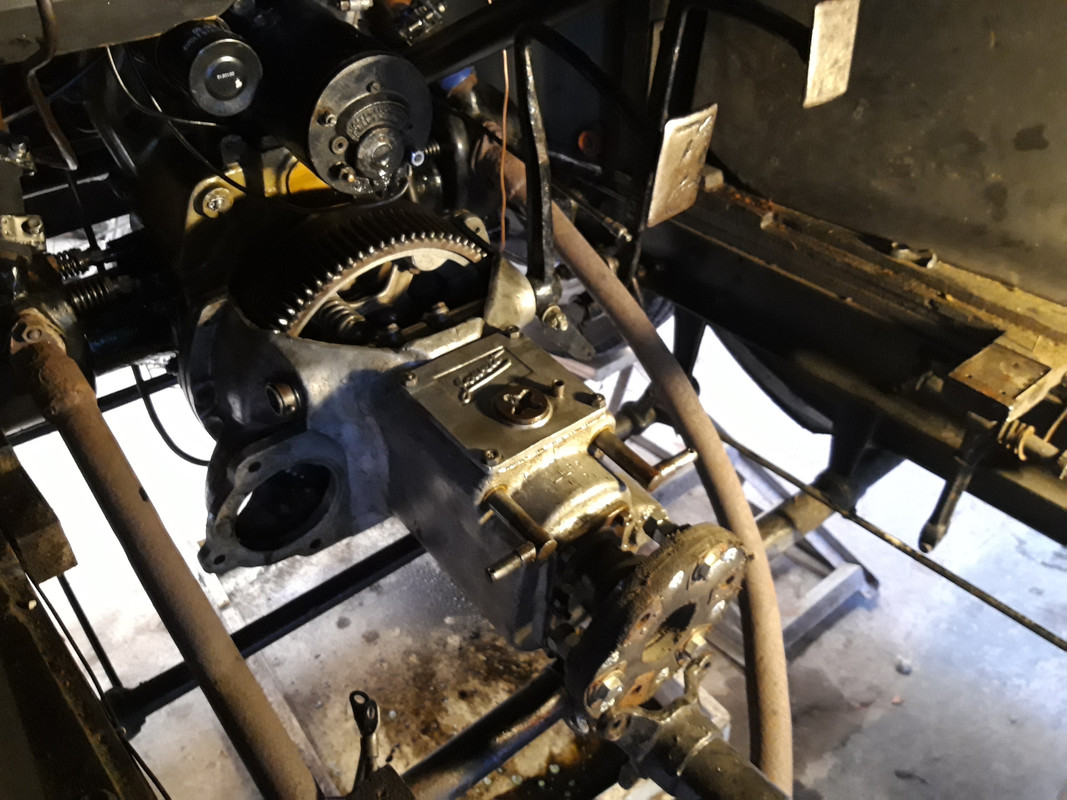
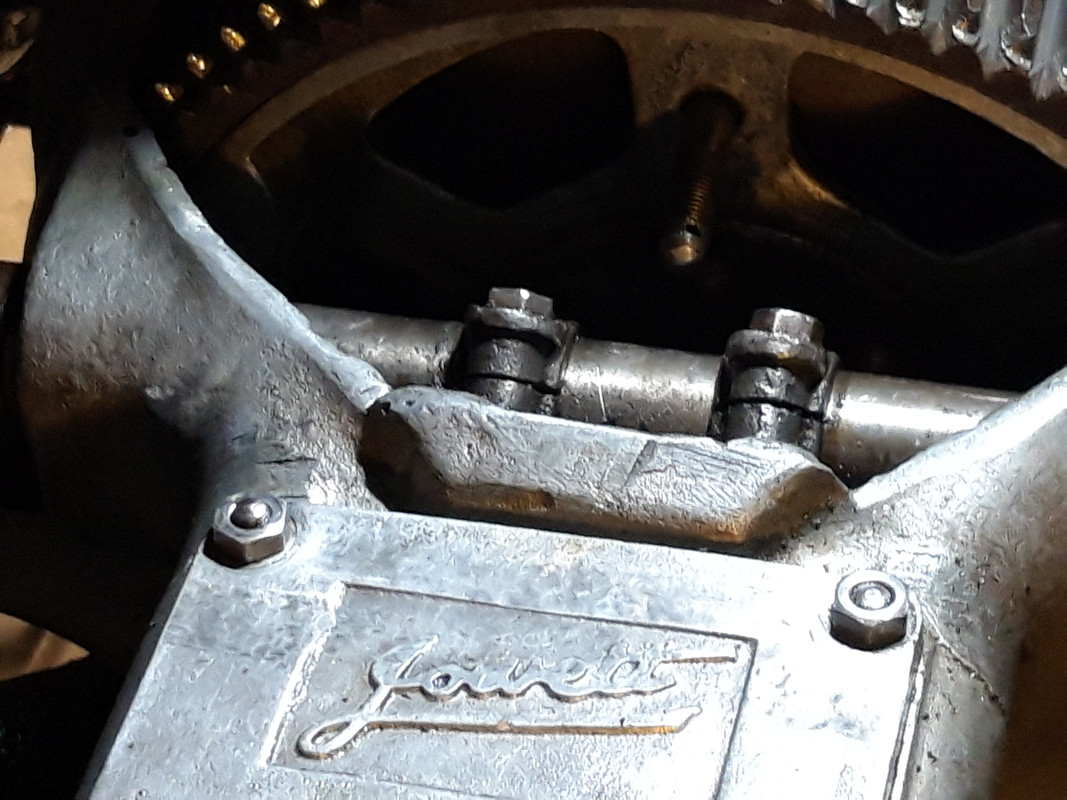
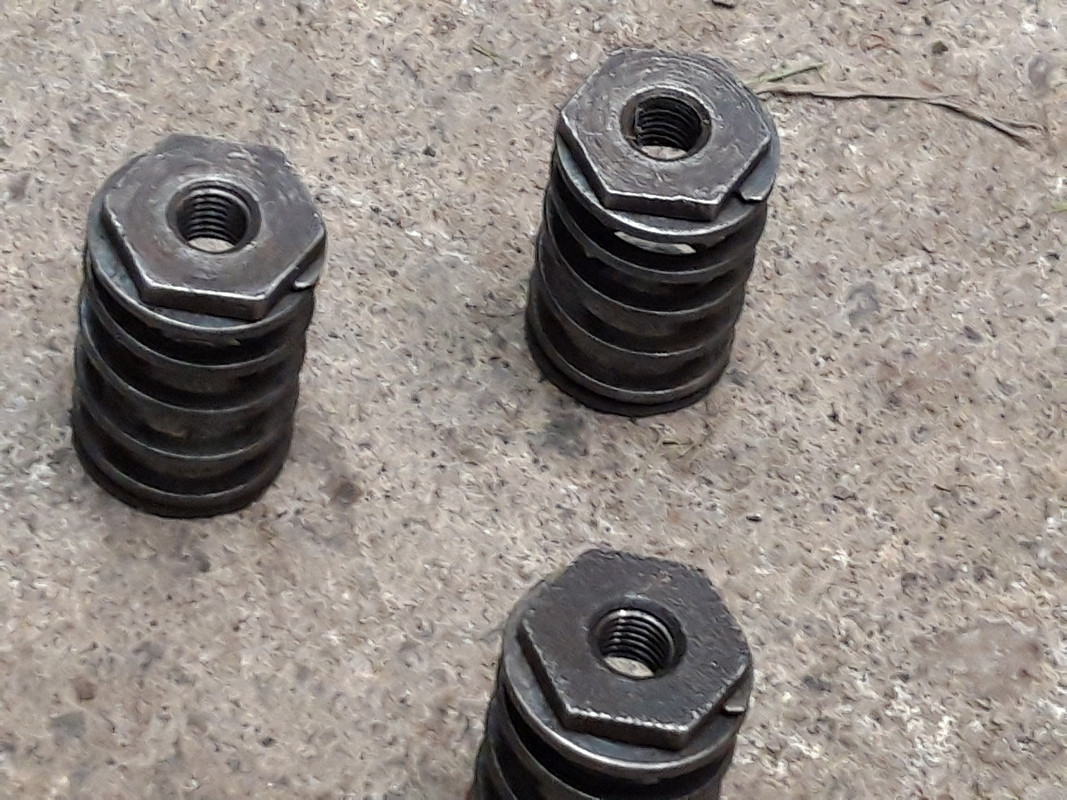
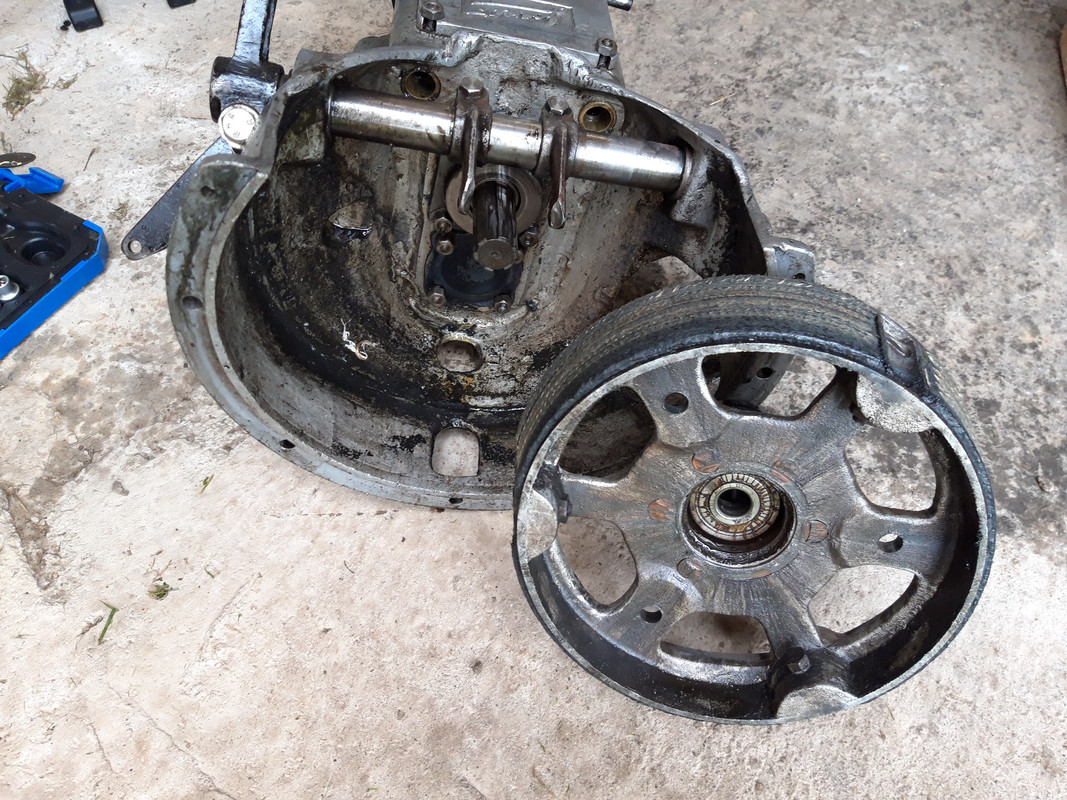
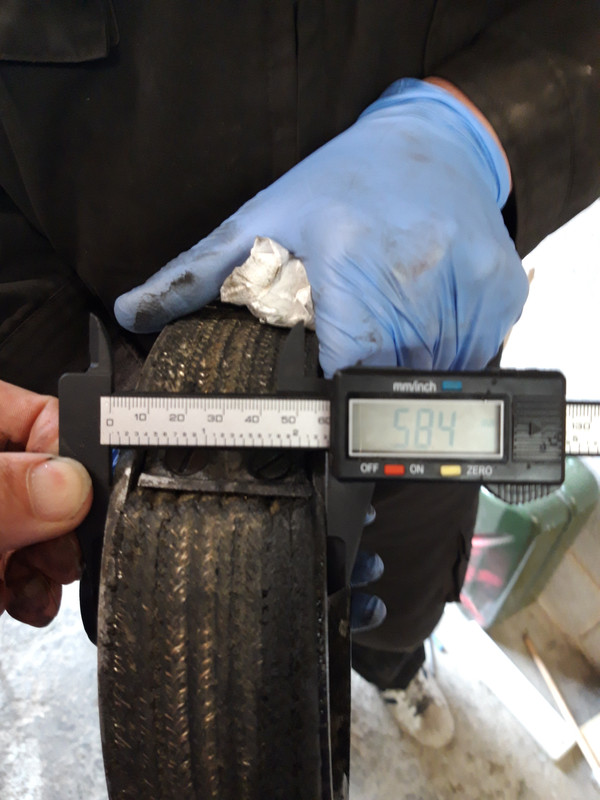
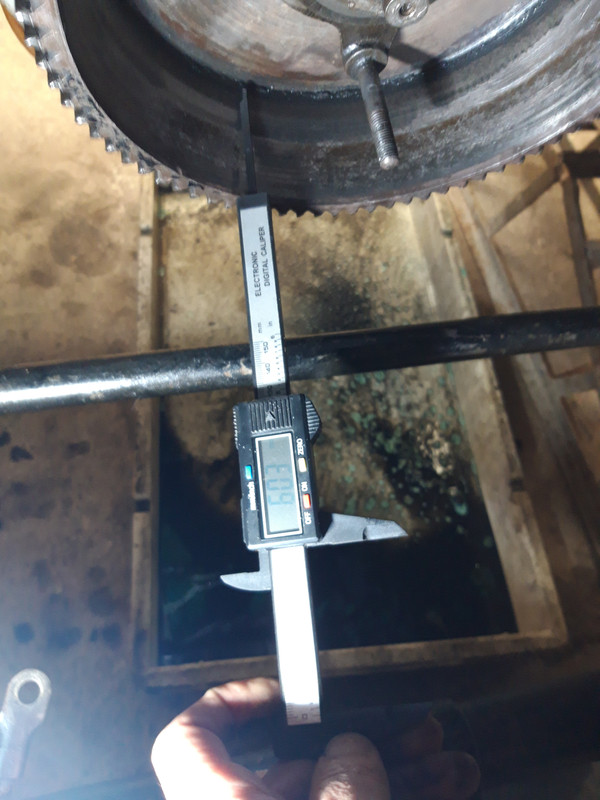
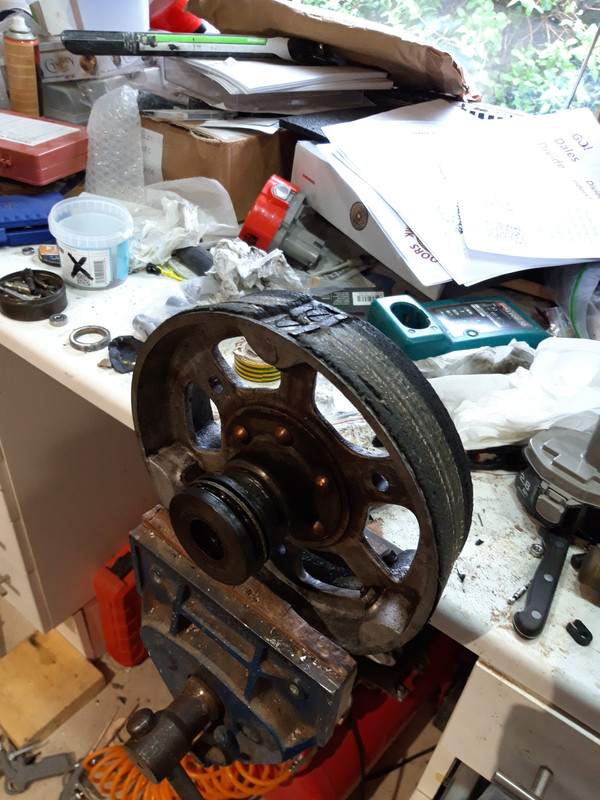
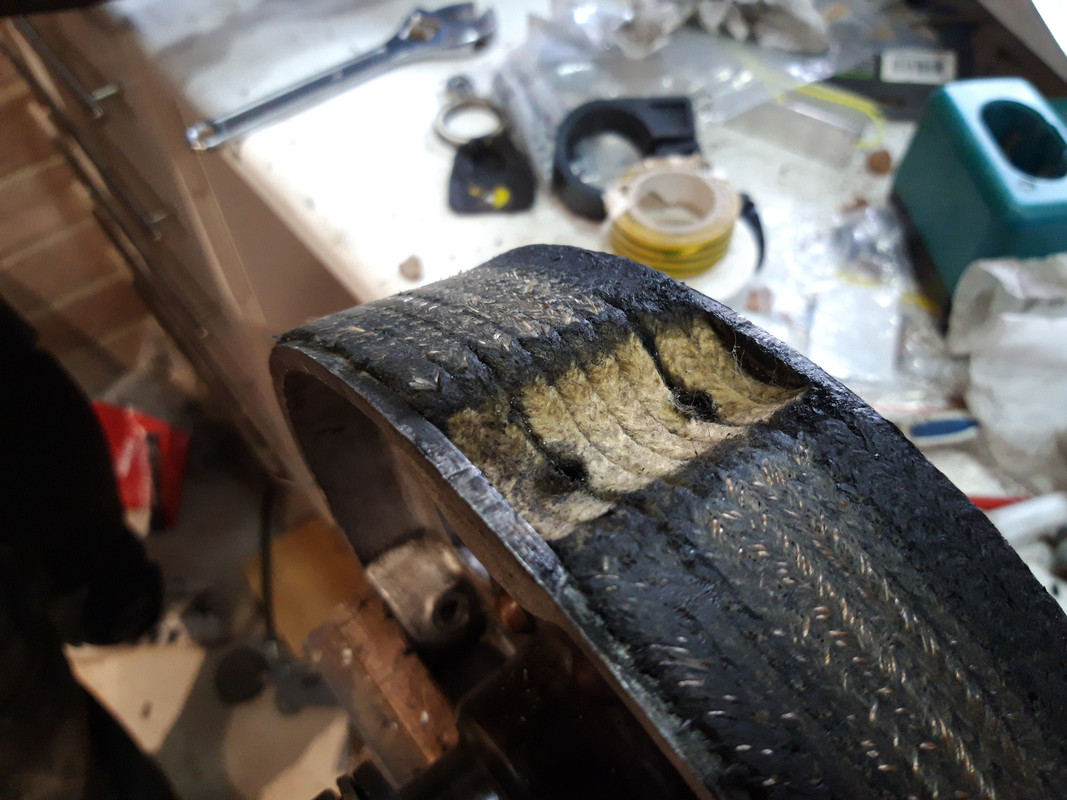
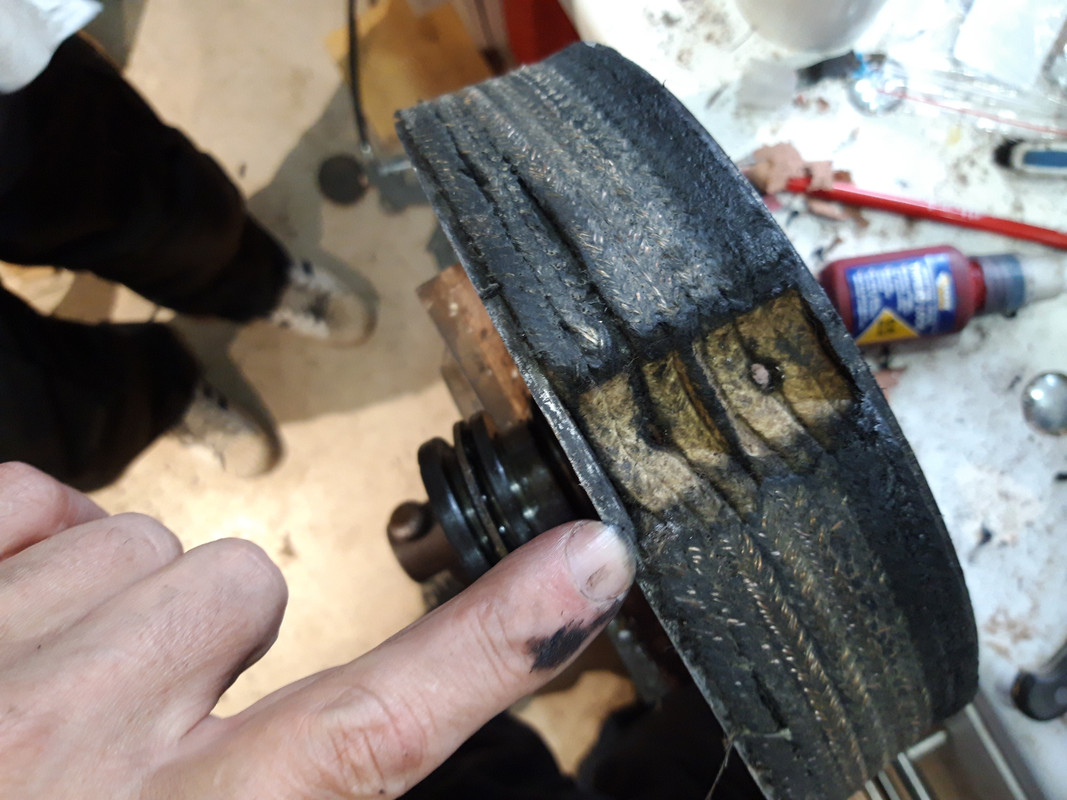
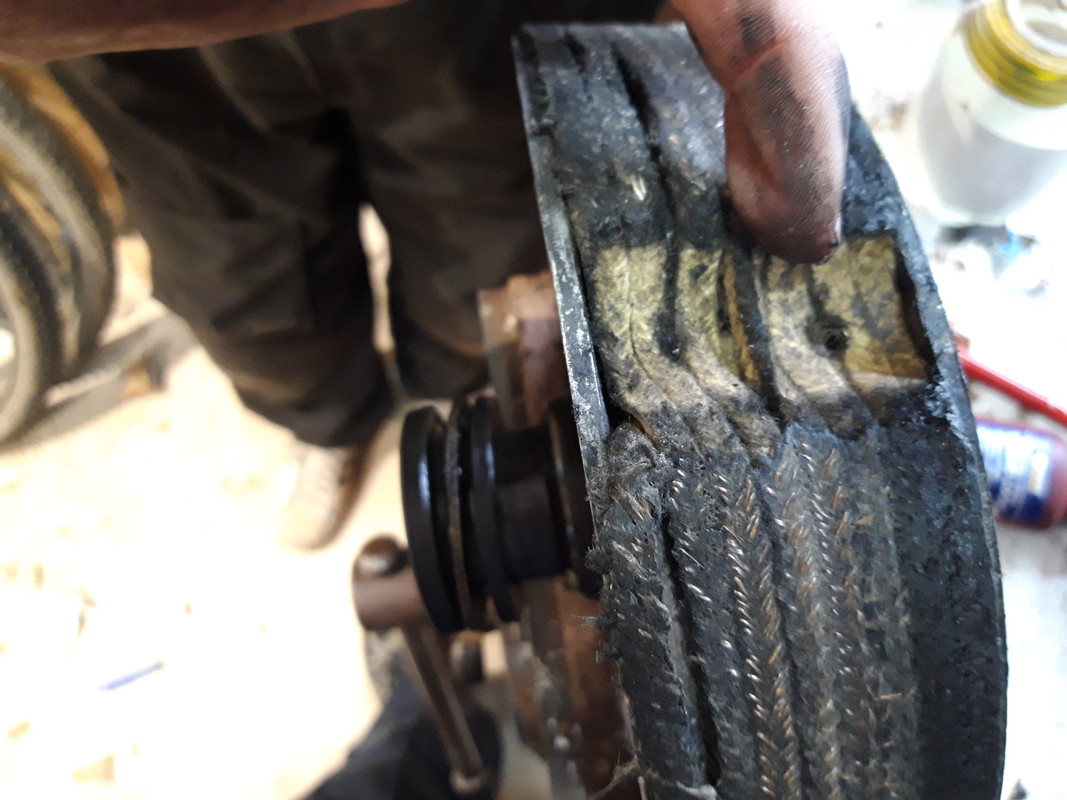
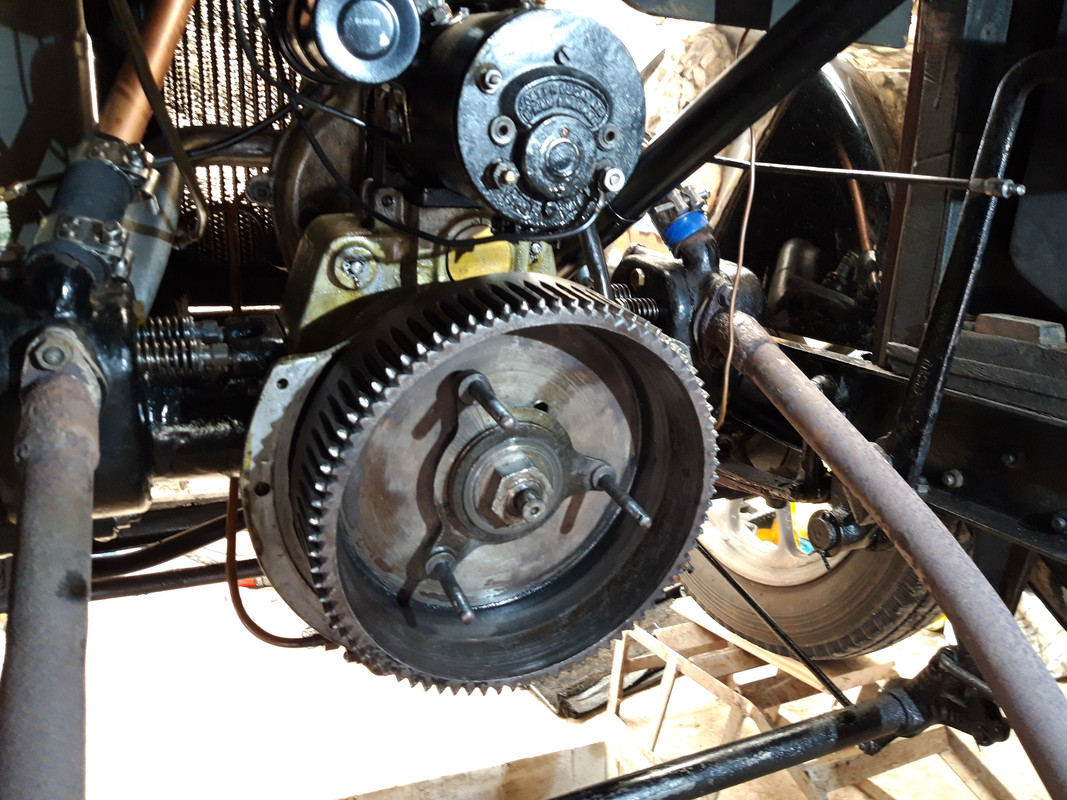
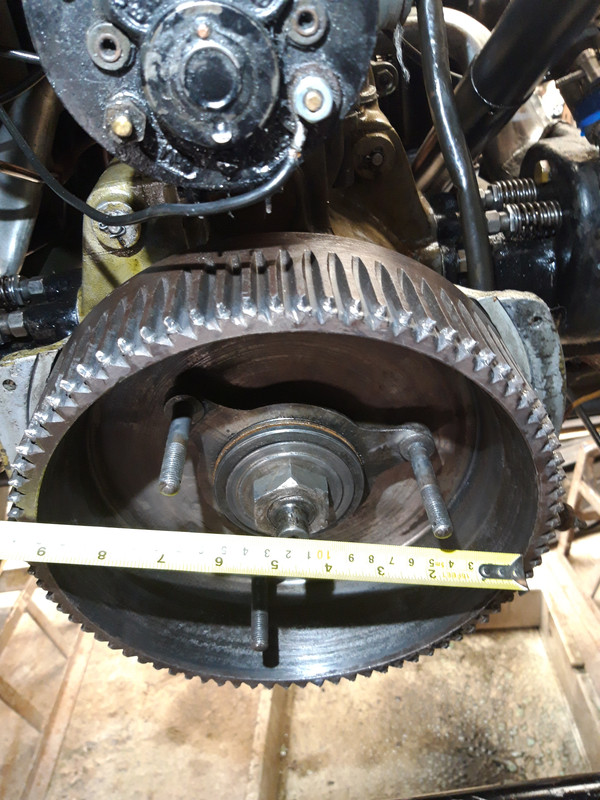
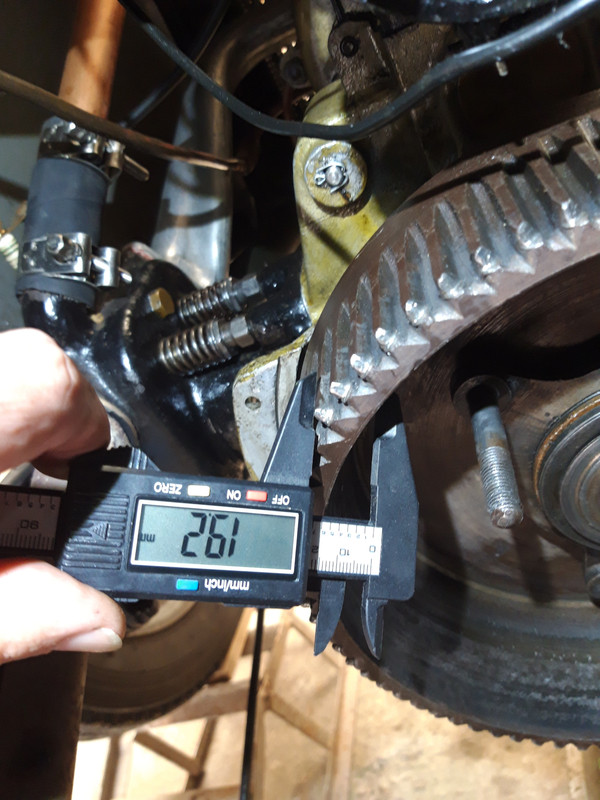
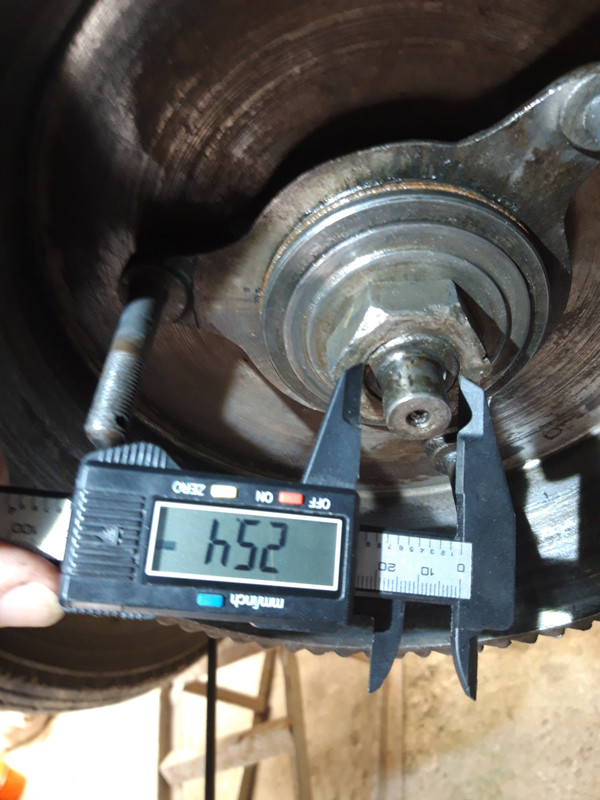
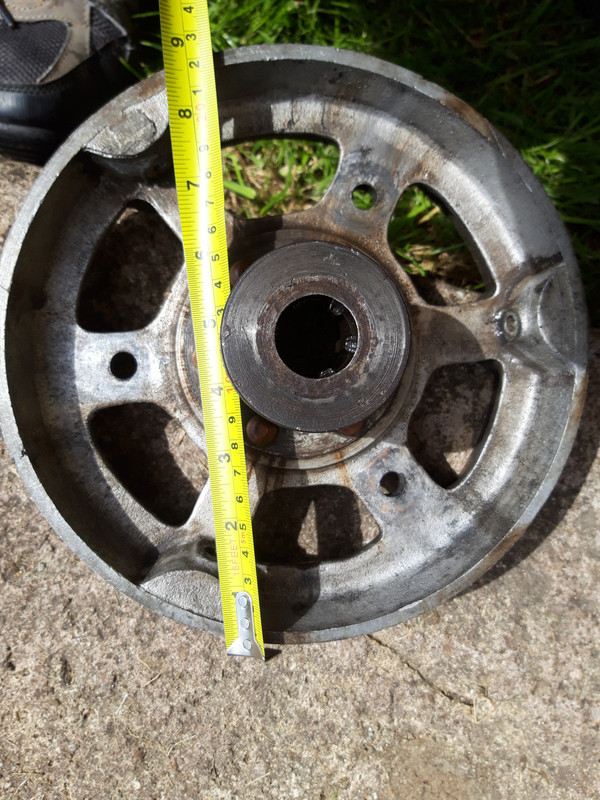
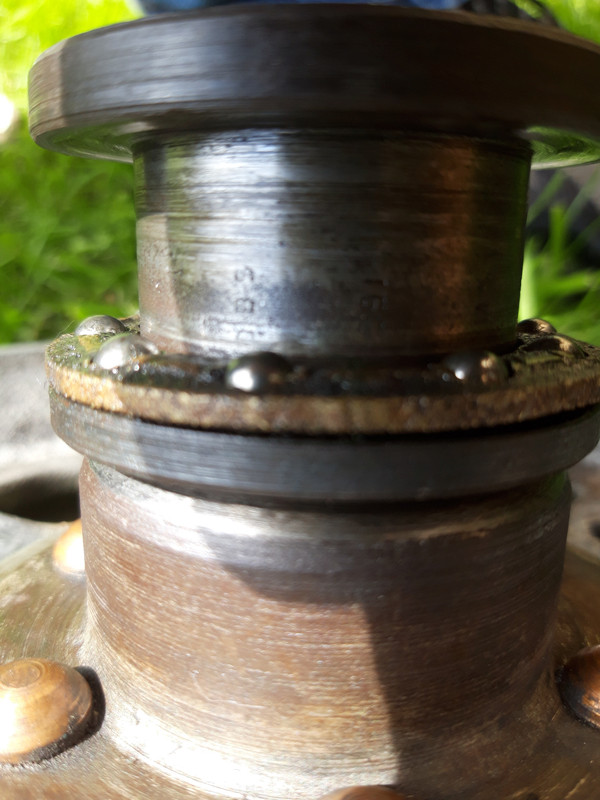
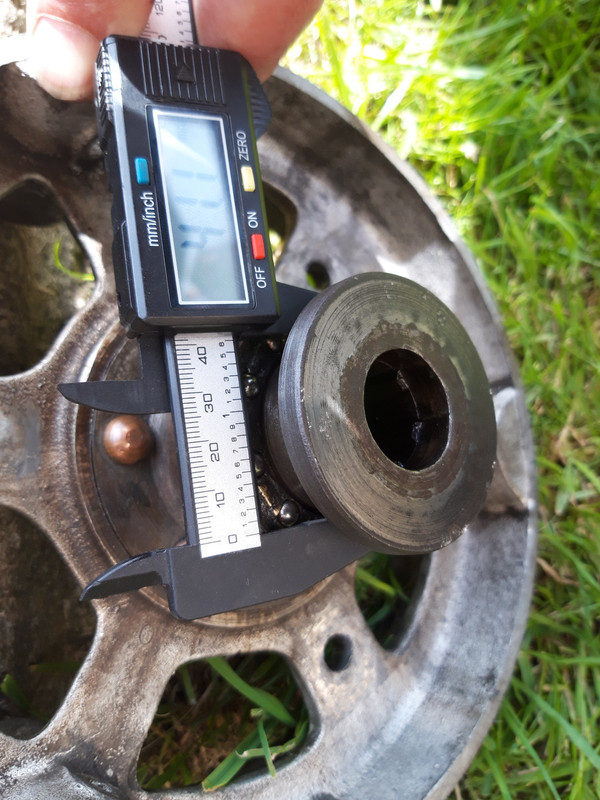
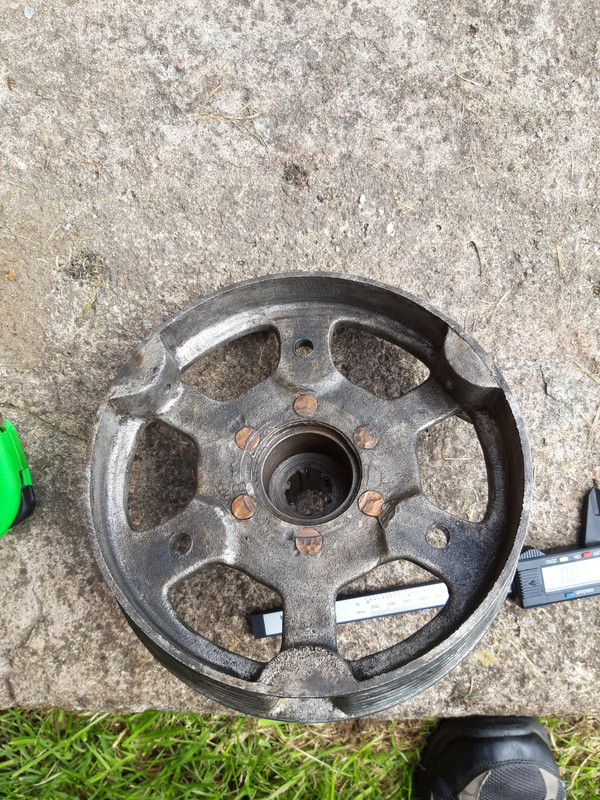
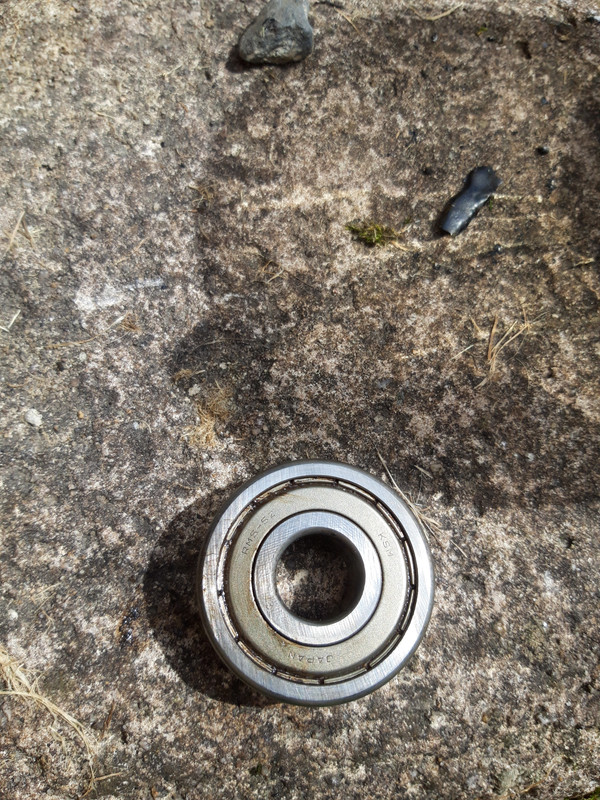
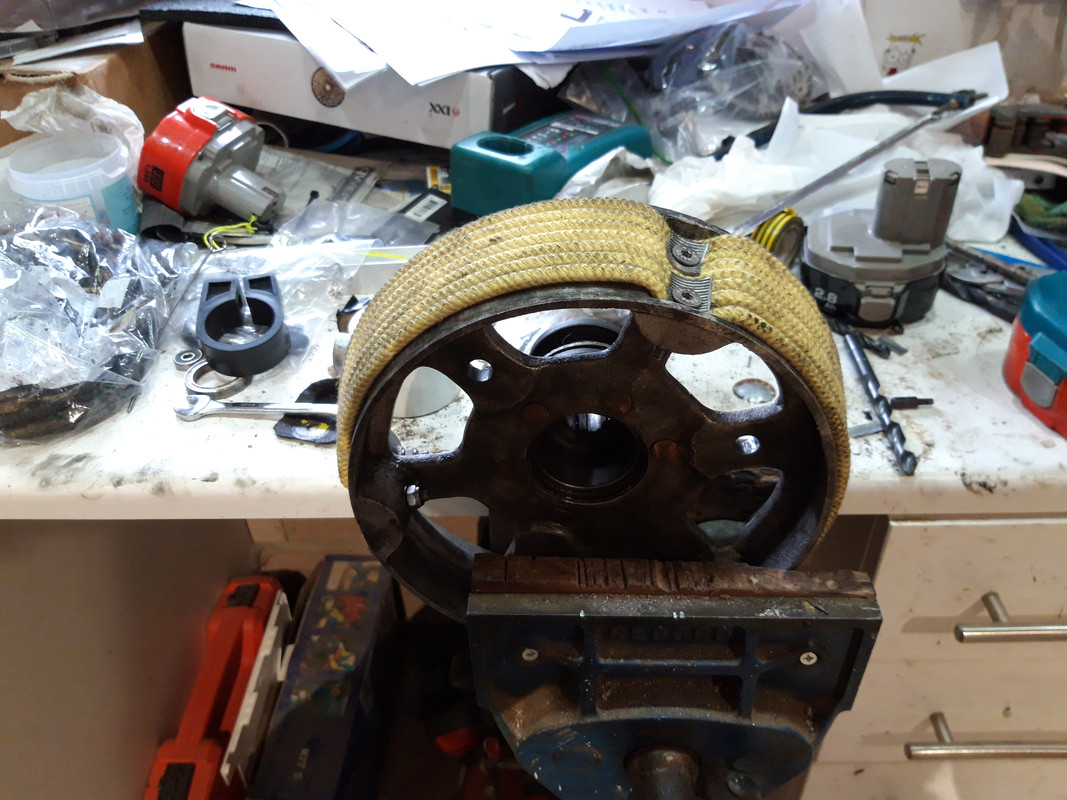
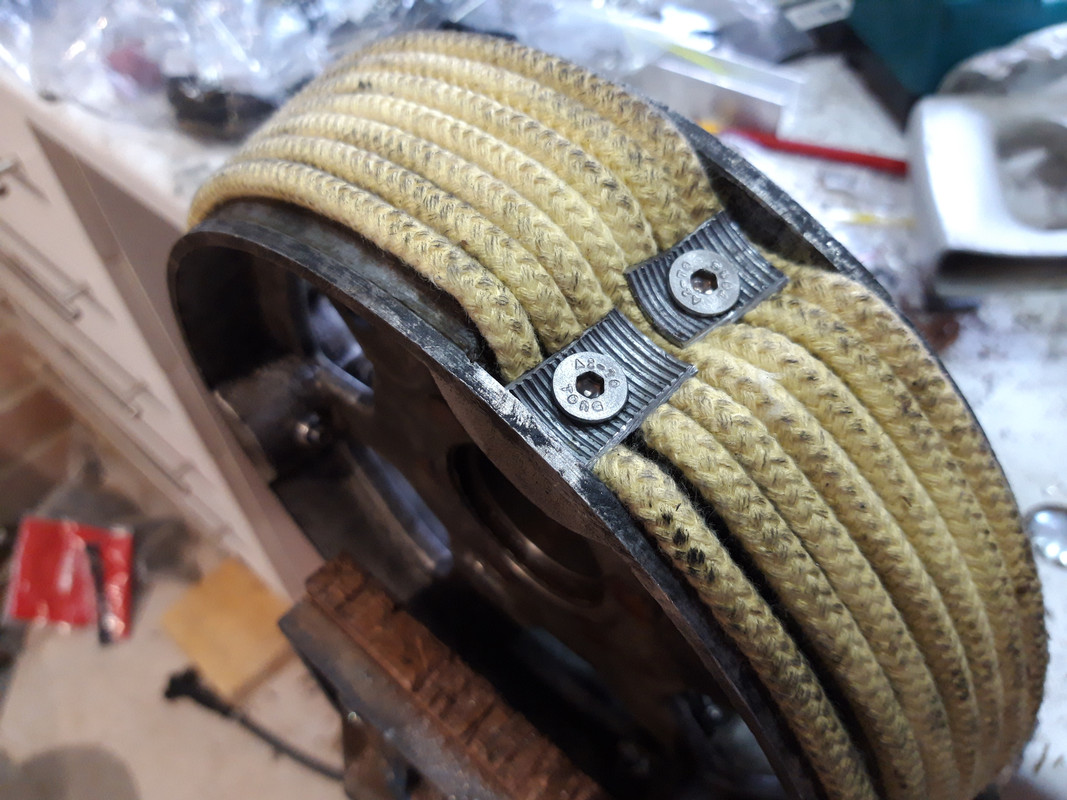
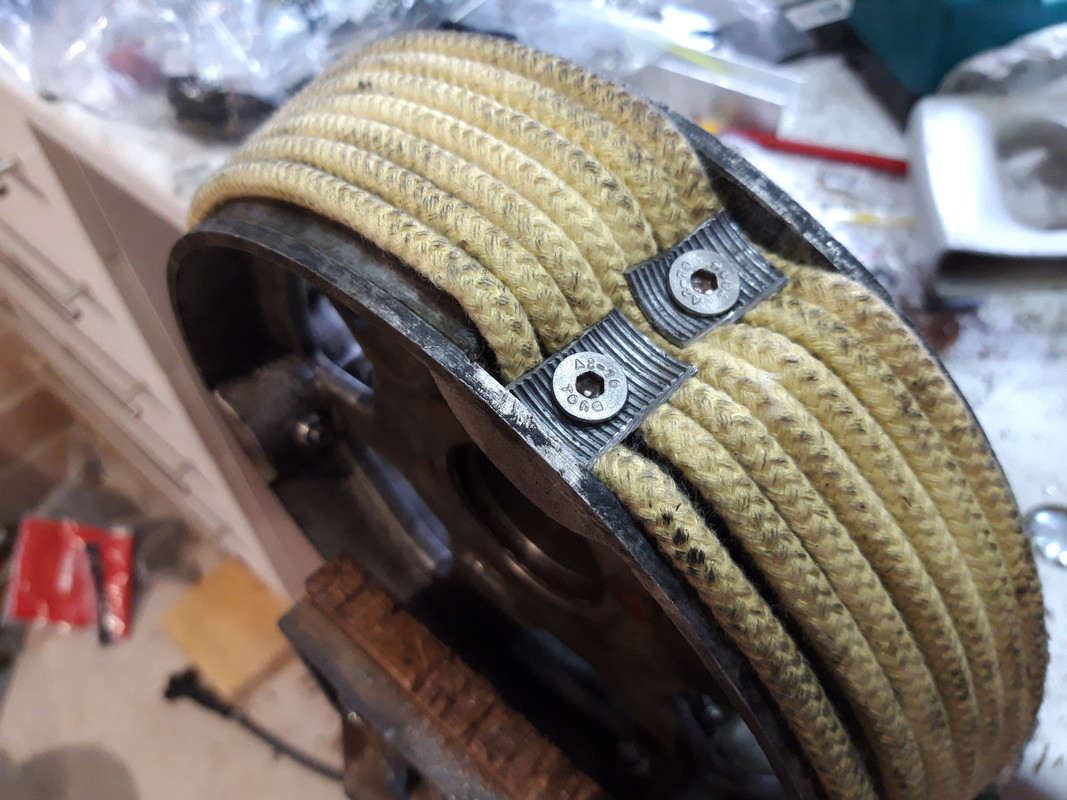
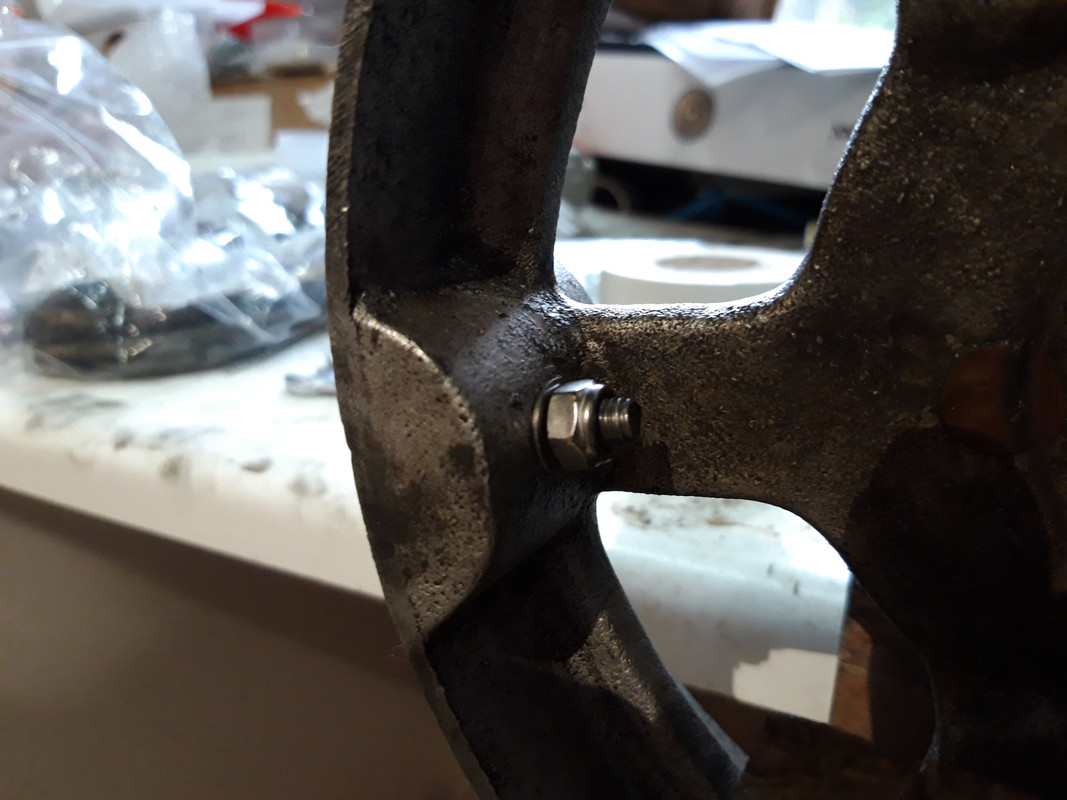

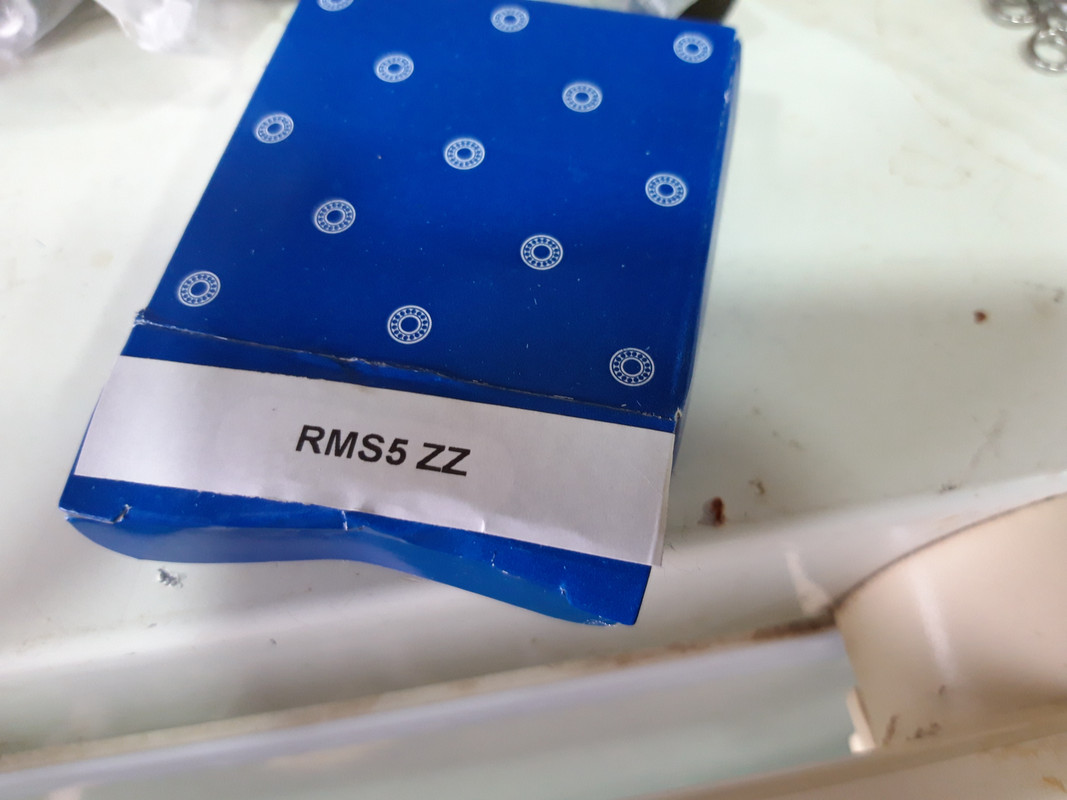
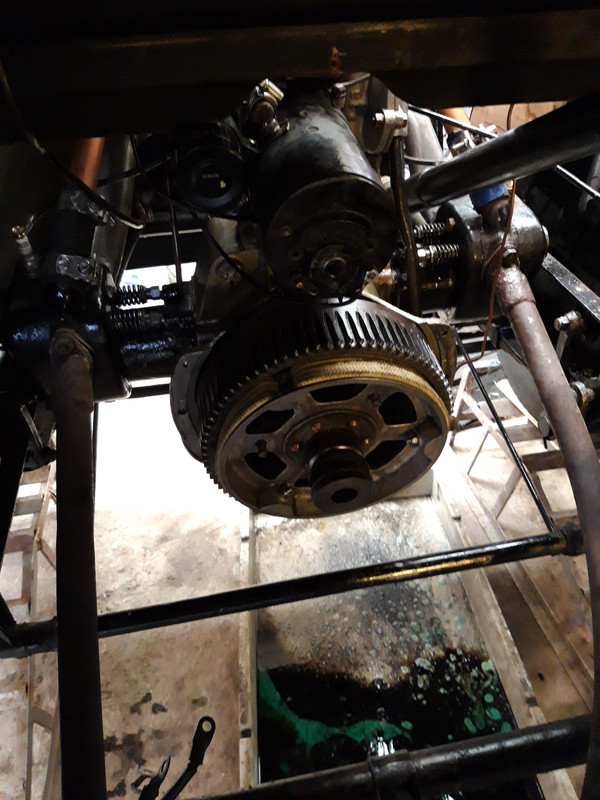


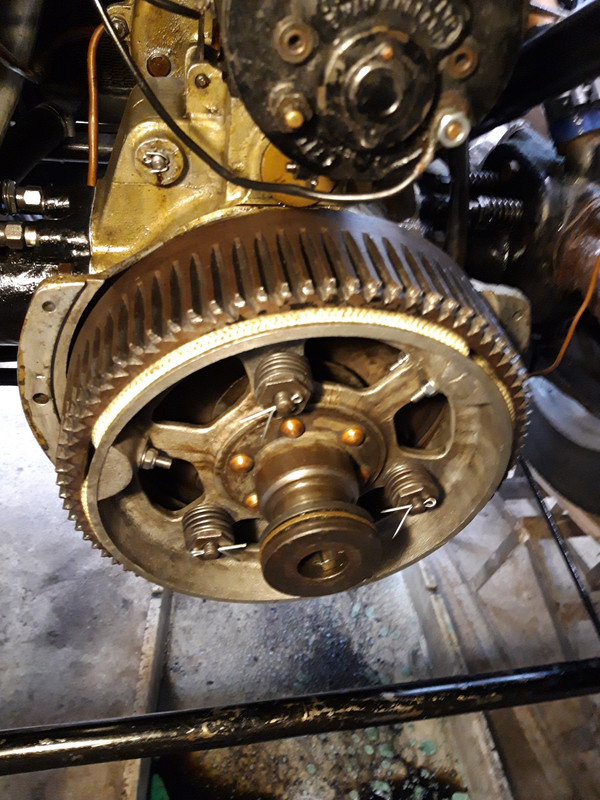
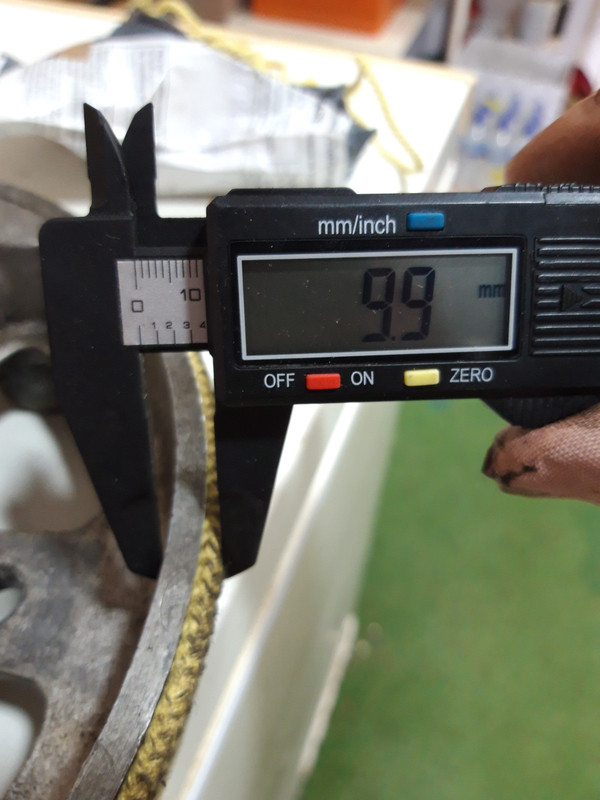
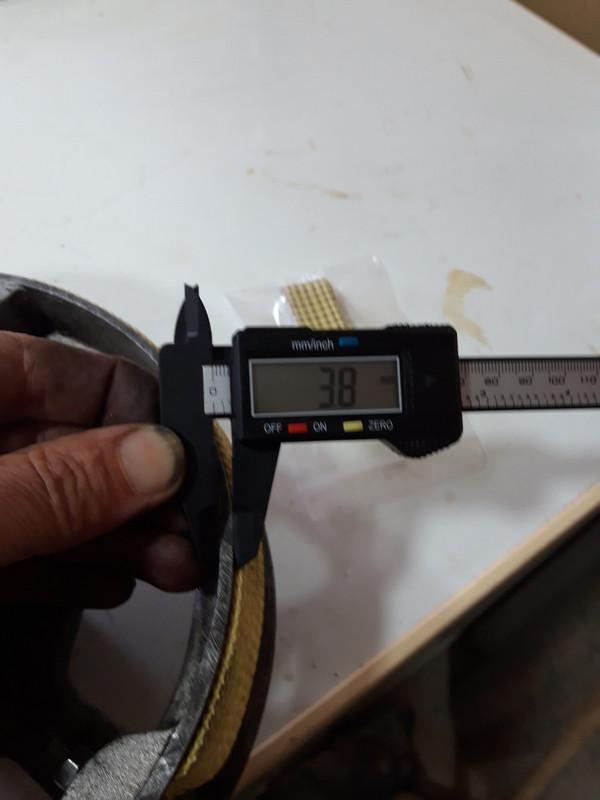
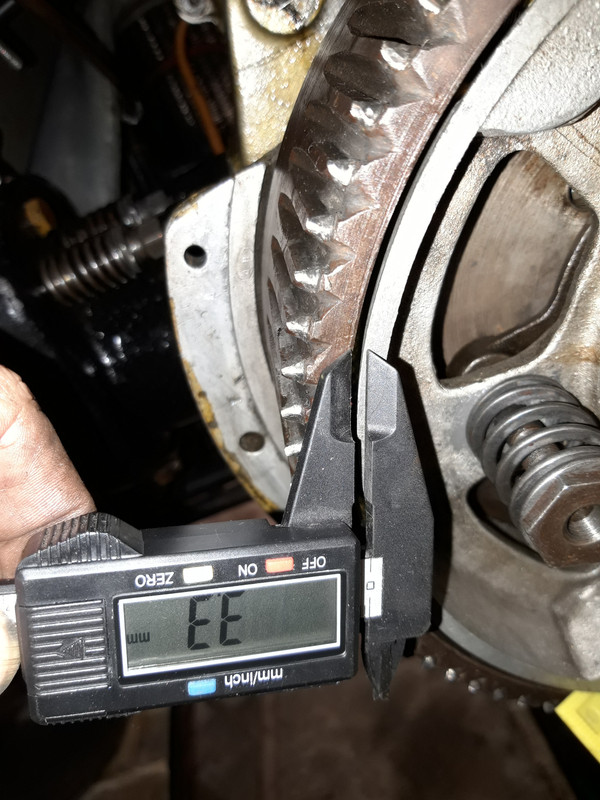
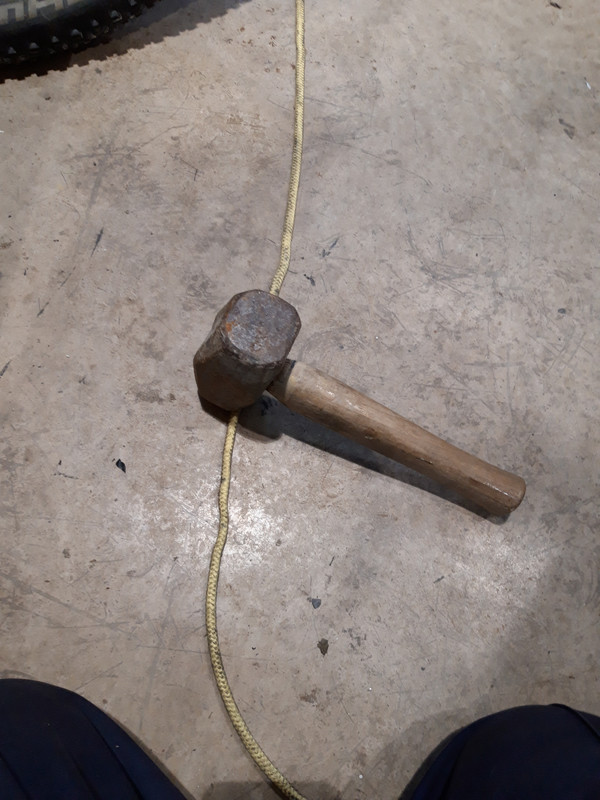
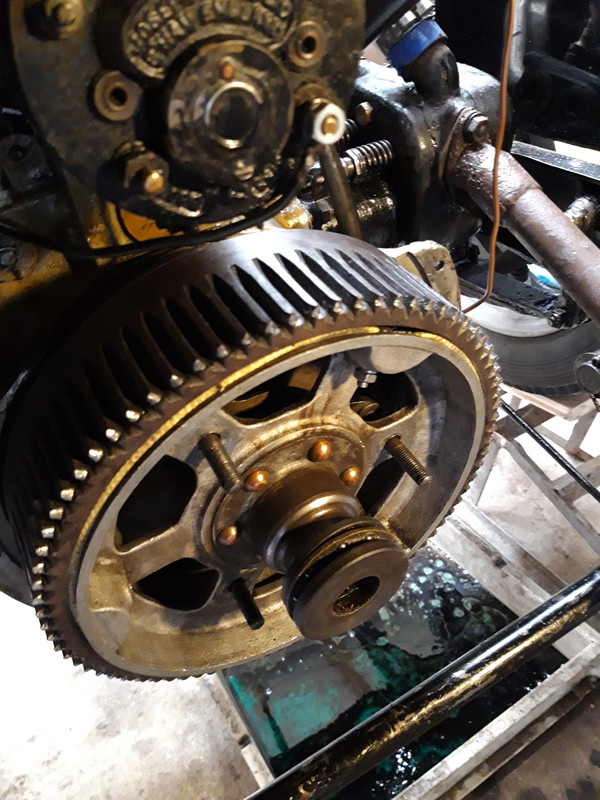

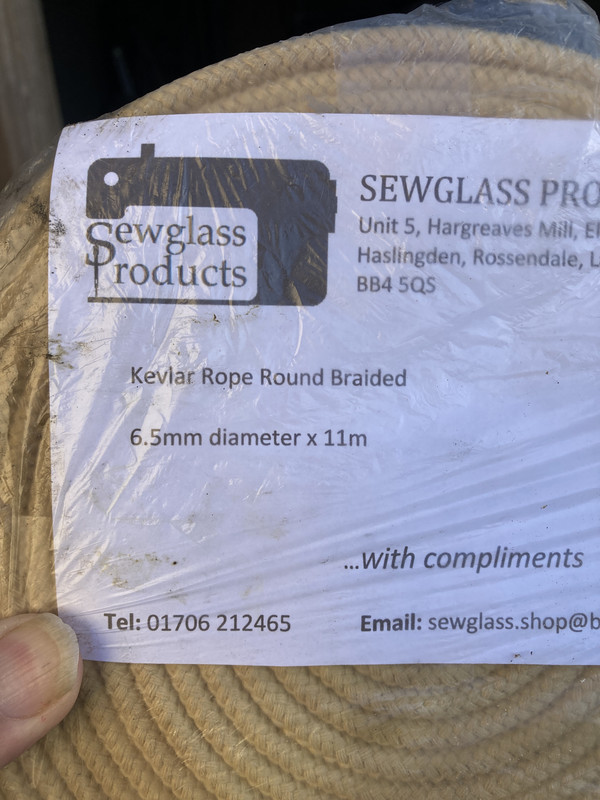
I changed my clutch in June 2019. My car is a 1929 Long Four. The reason I changed the clutch rope was the old clutch had worn out and the cone was “bottoming” in the flywheel and slipping. The ‘rope’ had worn out.
I should preface this by saying if your rope is really old, pre-2000 (when sale of asbestos was banned by law) then you should suspect it may contain asbestos. My sensible precautions were to unwind the old rope from the frame in the outside, put it all in a bin liner, seal it and dispose of it carefully. Once that has gone, there should of course be no asbestos risk. Mine was all pretty oily and bound up so very, very little risk of loose fibres anyway.
I tried all sorts of ropes and fibres with little success until I found this Kevlar rope (see images). It cost about £10 and is 6.5mm and is long enough to do two cars.
The first attempt was a bit ‘big’ and the clutch didn’t go into the flywheel deep enough. Then the next one was too small, and this went on for several attempts until I got this 6.5mm rope. Even then I had to manipulate it to make it ‘just right’. What is did is place the rope on the workshop floor, tap it gently until it was oval, along the entire length, so it was probably 4-5mm thick and 7-8mm wide in section. To be fair, it took a bit of messing to get this just right. Then winding on is simple and putting the new clutch back in is easy. Crucially when the clutch is in, and springs tightened, the aluminium clutch wheel was about 1mm proud of the flywheel. This is probably the bit that takes a bit of messing about to get it right.
My rope has been on for 4 years now and shows no sign of wear. We live in a very hilly area and probably drive 20+ days a year including some long 4 hour journeys and still as good as new. I’ve pasted some photos below which might help, including one showing the rope supplier (I got mine through Ebay).
Some of the photos are where the rope is “too thick” that’s when the whole clutch is stuck out too far but then you can see the ones where it sits ‘just right’.
Finally some people have had the aluminium clutch skimmed, to lose all the groves then had a bespoke, cone shaped lining, like a brake shoe lining, bonded or riveted onto the clutch. That of course is a permanent change and once the grooves are gone, they are gone forever. I’m not in favour of such permanent changes, or improvements. If I wanted such a car I can sell the Jowett and buy a Mondeo! I’d also be wary that a lining is more fierce than the rope and as a modern clutch plate wears the cover plate of a modern car, a lining will eventually wear the flywheel much more than rope will. Good luck to those people when they need to find a replacement flywheel!






































-
Forumadmin
- Site Admin
- Posts: 20389
- Joined: Tue Feb 07, 2006 5:18 pm
- Your interest in the forum: Not a lot!
- Given Name: Forum
- Contact:
Re: Clutch material
Excellent contribution!
-
Dhbangham
- Posts: 62
- Joined: Sat Sep 21, 2013 7:47 am
- Your interest in the forum: Jowett long four owner. Jowett club member. (Former Armstrong Siddeley 20hp 1932 owner and ASOC member). Also Lancia Belna 1935 saloon and Lanica owners club member. Interested in driving my cars all over europe and making and repairing parts for the cars. I consider myself an oily rag owner.
- Given Name: Daniel
- Contact:
Re: Clutch material
Another one to agree, a really useful post. Thanks.
Who is online
Users browsing this forum: No registered users and 4 guests